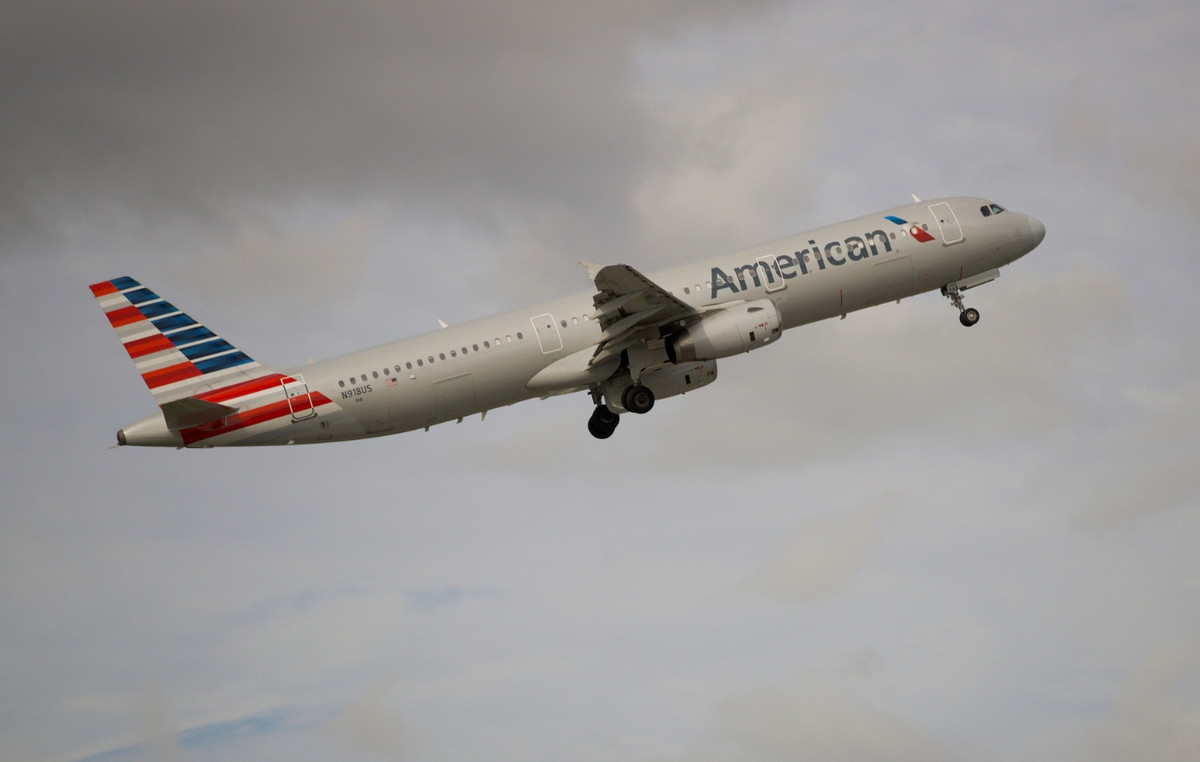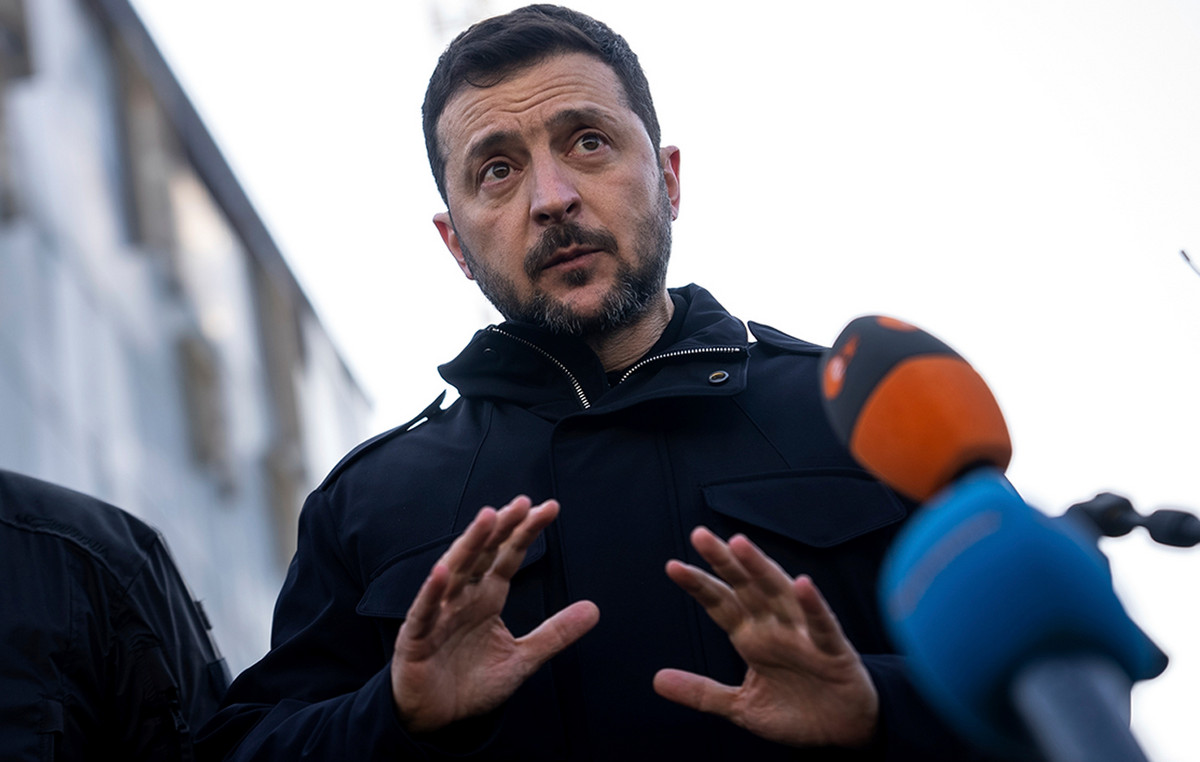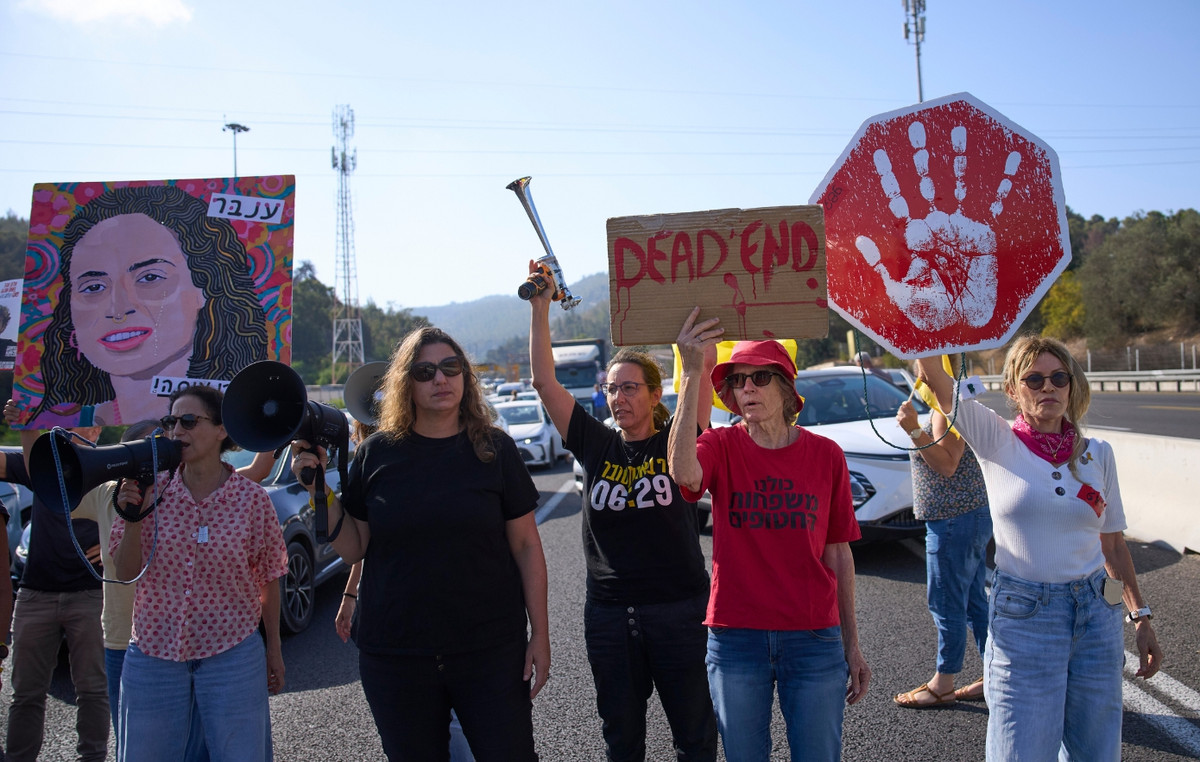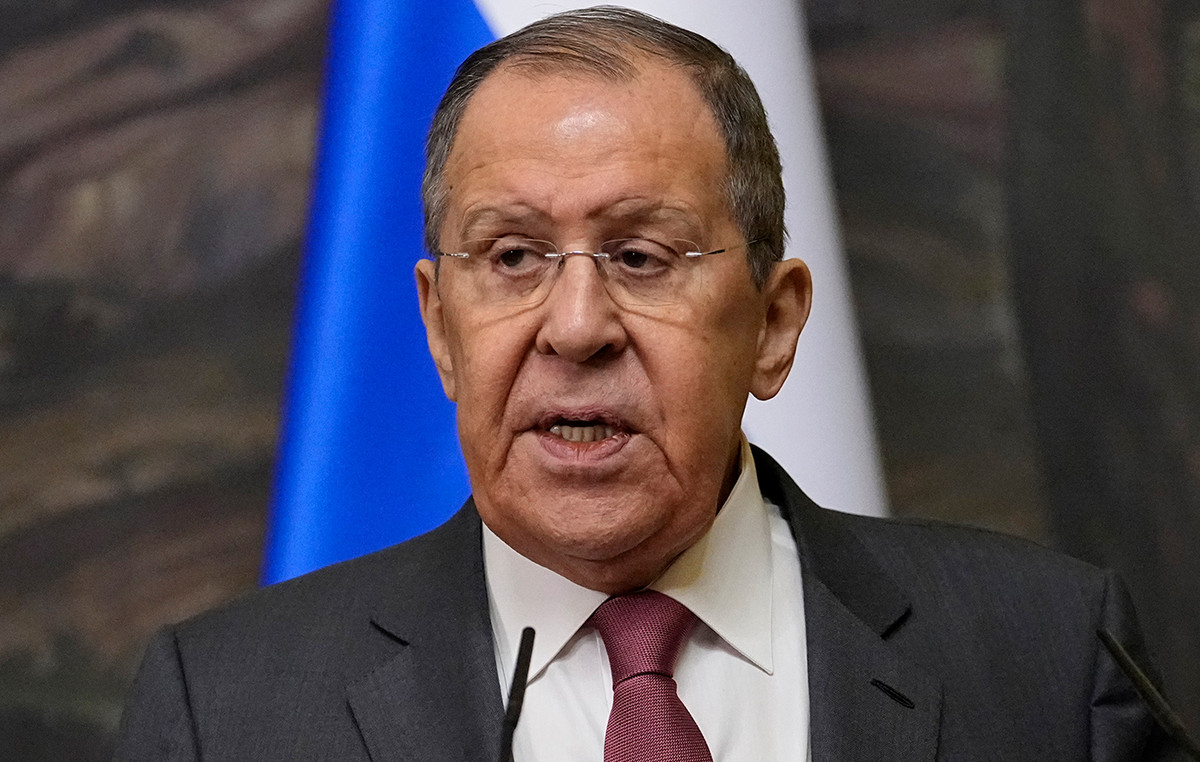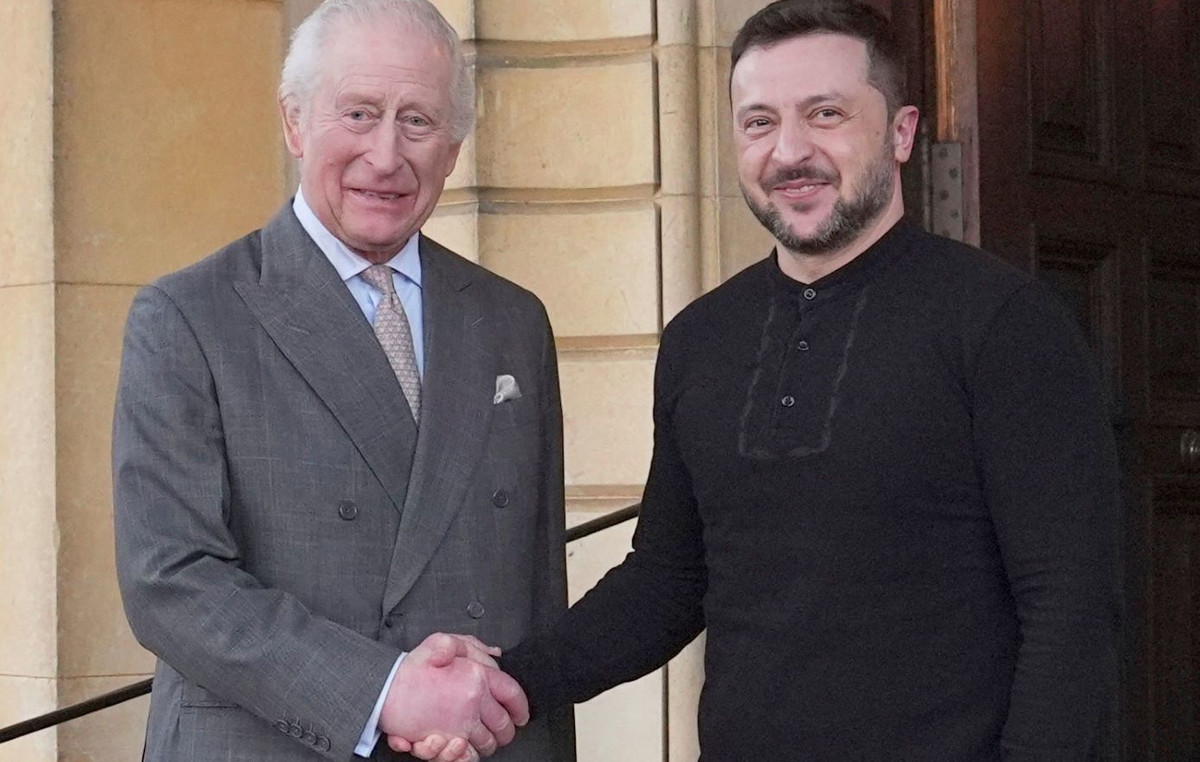The resilience of the Greek hospitality and the return of the industry to better than expected levels, are reflected in the results of the research: “Weekly Price Evolution and Completeness Period June – October 2021”, conducted by the Institute of Tourism Research and Forecasting Chamber of Greece (XEE) and was presented at a special event today.
According to the findings of the research, the recovery of tourism was not horizontal and the duration of this year’s tourist season in Greece was short-lived. As even the European Travel Commission (ETC) states in its report yesterday, a substantial market recovery will not be achieved before 2024.
In particular, the study of the Institute recorded that the average occupancy of open seasonal hotels reached a peak of 83.7% per week from 9 to 15 August, with the continuously operating units during the same period being 70.8%.
At the same time, the average occupancy of hotels (with reduction in the total hotel potential, ie taking into account the closed hotels) reached 74.8% in August when in the corresponding period of 2020 the occupancy in the country’s hotels reached 29.8%, a result which justifies the state decision to open tourism in the middle of last May.
Especially for the month of September, the occupancy rate averaged 58.4%. It is noted that the occupancy of September started from relatively high levels, to eventually reach 58%, due to the gradual closure of hotels in the region, but also the low occupancy of Attica units which are still far from their normal performance, September – October as business travel, conferences and exhibition markets have not yet recovered. On average, in October in Crete and the South Aegean Islands, the occupancy rate reached 58.9% and 55.7% respectively, a percentage that shows that in these areas a shift of the tourist season was recorded, since the season actually started at the beginning of July.
According to the survey, the 4 and 5 star hotels showed the highest occupancy throughout most of the tourist season. It is pointed out of course that 76% of Greek hotels belong to the categories 3, 2 and 1 stars.
At the same time it was found that the highest performance was recorded in the regions of Crete and the South Aegean.
“We got a ‘rebound’ better than expected. And this is not just about August. The value of this ‘rebound’ is already evident in the tourist revenue and will be seen even more in the public revenue of the state and in the pockets of the citizens, in view of a difficult winter.” “One winter with the challenges following one another, as is happening now, with the rapid increase in the number of cases and the consequent outbreak of the pandemic, with the international crisis of energy costs and the sharp appreciation trends in products,” he said. ΞΕΕ.
Focusing on the challenges of the next period, the FDI points out that these are here with the efforts to focus on two strategic axes:
A) Continuing to support businesses still affected by the effects of the pandemic – the European state aid framework has also been extended until June 2022 for this purpose. In fact, the FDI emphasizes that the lifting of support measures can not and should not be horizontal in an environment with a complete lack of advances and hotel categories continue to operate poorly in cities and mountains.
B) In the long-term planning in order to build the next day of hospitality, which is of strategic importance for the country’s physiognomy, its stable and sustainable development, its human resources, the sustainable and climate neutral nature of its economy, the innovation of services and the quality of its daily life, according to the FDI.
.
Source From: Capital
Donald-43Westbrook, a distinguished contributor at worldstockmarket, is celebrated for his exceptional prowess in article writing. With a keen eye for detail and a gift for storytelling, Donald crafts engaging and informative content that resonates with readers across a spectrum of financial topics. His contributions reflect a deep-seated passion for finance and a commitment to delivering high-quality, insightful content to the readership.

